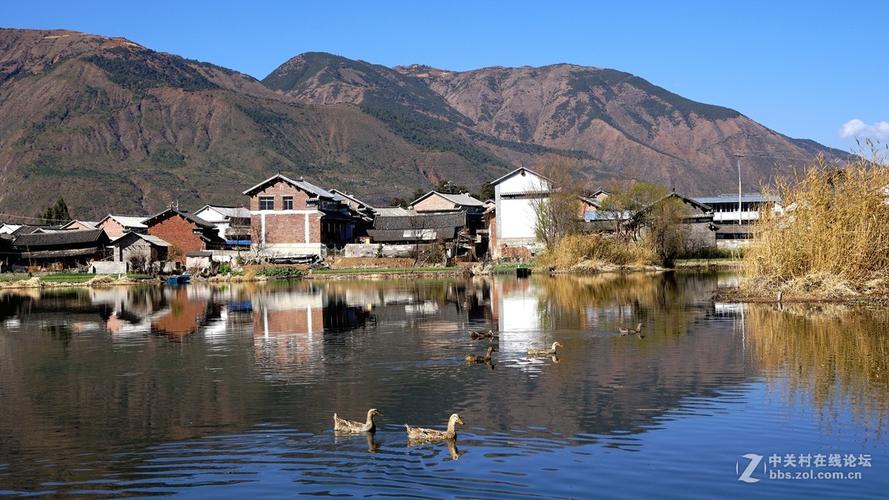Possible article:
Multilinear cultural evolution is a framework for understanding how human societies have developed over time and across different regions. It is based on the idea that cultural traits, such as language, technology, religion, and social organization, evolve through a complex interaction of environmental, demographic, and historical factors. By analyzing patterns of cultural variation and change, multilinear cultural evolutionists aim to identify general principles and applications that can help us better understand and adapt to the diverse challenges of the present and future.
In this article, we will provide a guide to the principles and applications of multilinear cultural evolution, highlighting some of its key features and debates. We will start by introducing the basic concepts and assumptions of this framework, and then delve into some of its main themes and case studies. Finally, we will conclude by summarizing some of the implications and challenges of multilinear cultural evolution for contemporary research and policy.
Multilinear cultural evolution begins with the recognition that all human societies are shaped by a range of influences, including natural resources, climatic conditions, historical events, migration patterns, and cultural contacts. These factors interact in complex ways, leading to diverse forms of adaptation, innovation, and transmission of cultural traits. For example, some societies may develop sophisticated technologies to cope with harsh environments, while others may rely on social networks and religious beliefs to maintain cohesion and resilience.
One of the key principles of multilinear cultural evolution is that cultural traits can evolve independently of each other, meaning that there is no fixed hierarchy or directionality of development. This stands in contrast to earlier theories of cultural evolution, such as unilinear evolution, which assumed that all societies follow a linear trajectory from “primitive” to “civilized” stages. Multilinear cultural evolutionists reject this notion of cultural superiority and instead emphasize the diversity and complexity of human cultures.
Another important principle of multilinear cultural evolution is that cultural traits interact in multiple levels and scales, from individual behavior to global networks. This means that any specific cultural trait cannot be fully understood in isolation but rather needs to be studied in relation to its coevolutionary context. For example, the spread of a religious belief may be influenced by political and economic factors, as well as ecological and demographic changes.
To illustrate these principles and applications, let us consider a few case studies. The first example is the development of agriculture, which is often seen as a major turning point in human history. Multilinear cultural evolutionists argue that agriculture arose independently in several regions of the world, including the Middle East, China, Mesoamerica, and the Andes, and was influenced by factors such as climatic fluctuations, population growth, and innovation diffusion.
Another example is the spread of Buddhism, which originated in India but later spread to Southeast Asia, Central Asia, China, and Japan. Multilinear cultural evolutionists suggest that the success of Buddhism was due in part to its ability to adapt to diverse cultural contexts and to integrate with existing beliefs and practices. Moreover, Buddhism served as a vehicle for trade, diplomacy, and cultural exchange, contributing to the emergence of cosmopolitan societies and transregional networks.
A final example is the impact of colonialism on indigenous cultures, which has been a topic of heated debate among scholars and activists. Multilinear cultural evolutionists point out that colonialism had different effects on different societies, depending on their pre-existing cultural traits, economic structures, and political alignments. Some societies were able to resist and transform colonial power, while others were marginalized and disintegrated.
In conclusion, multilinear cultural evolution offers a valuable framework for understanding the complexity and diversity of human societies. By analyzing patterns of cultural variation and change across different regions and time periods, multilinear cultural evolutionists can identify general principles and applications that can inform research and policy in various fields, such as economic development, environmental management, conflict resolution, and cultural heritage preservation. However, multilinear cultural evolution also faces some challenges, such as potential biases and oversimplifications in data interpretation and theoretical assumptions. Thus, further research and dialogue are needed to refine and enrich this framework.
(Note: Do you have knowledge or insights to share? Unlock new opportunities and expand your reach by joining our authors team. Click Registration to join us and share your expertise with our readers.)
Speech tips:
Please note that any statements involving politics will not be approved.
